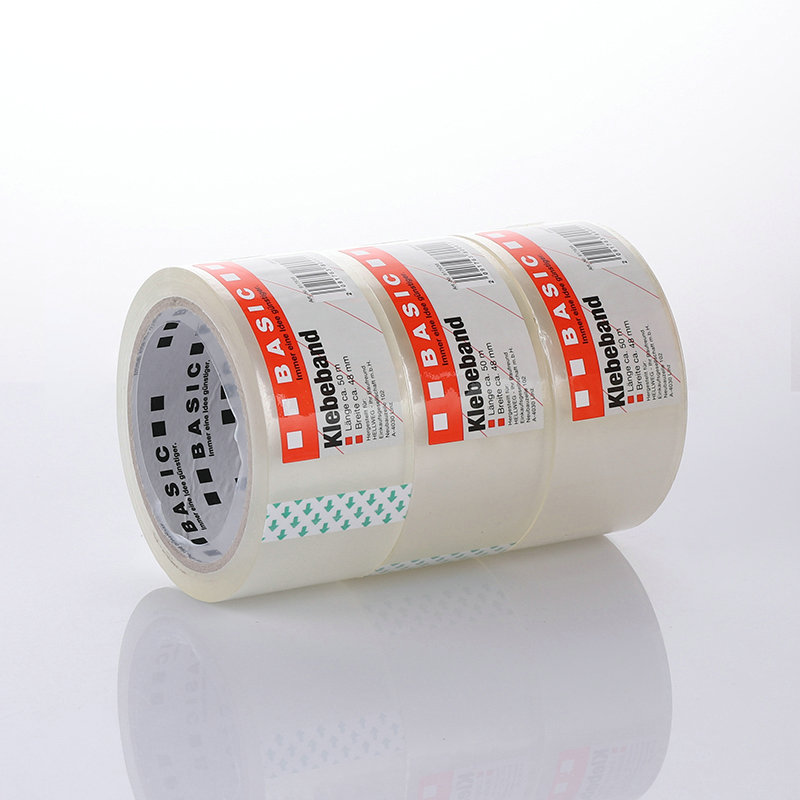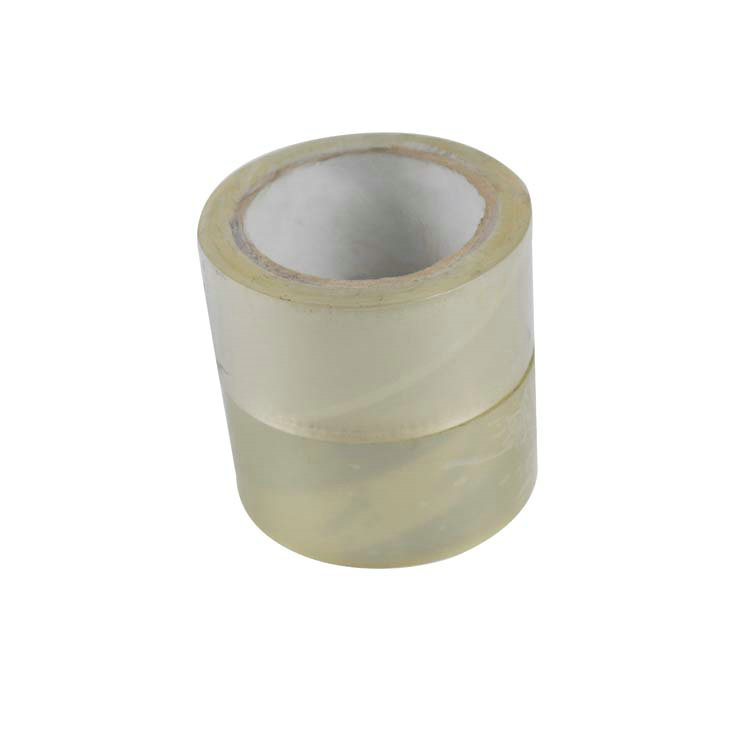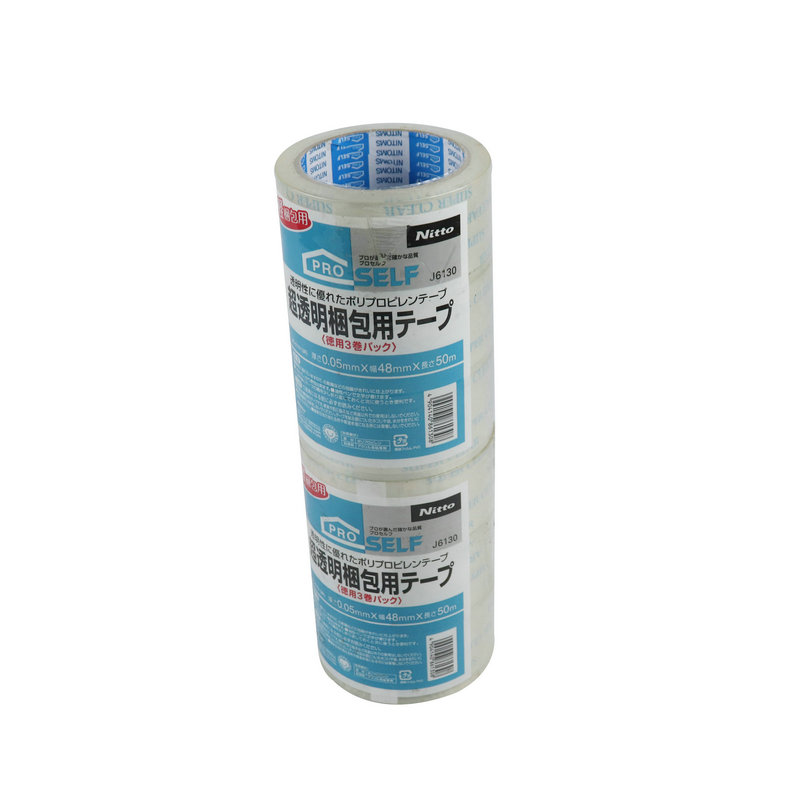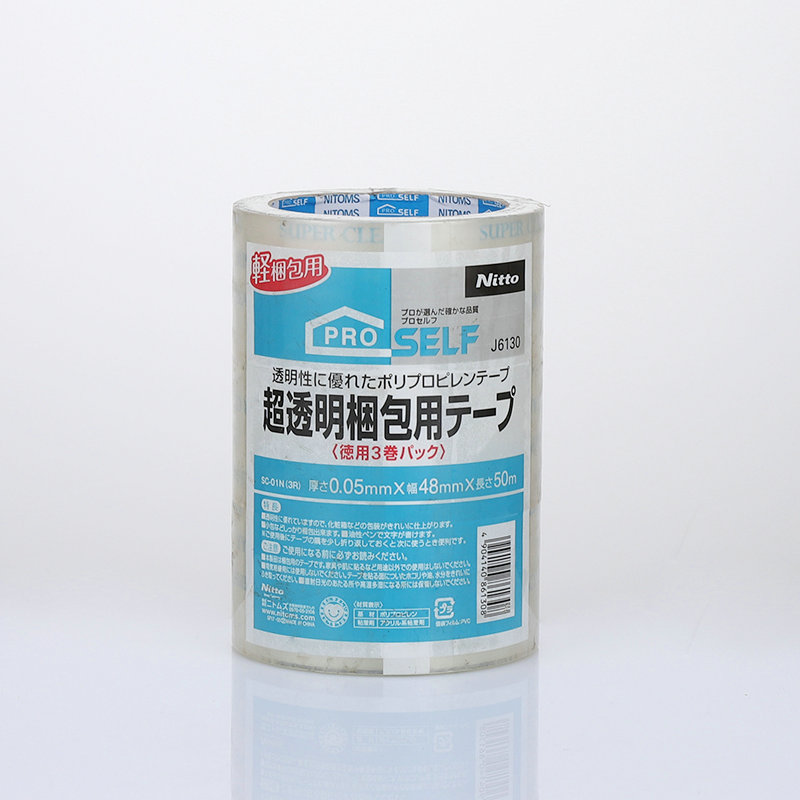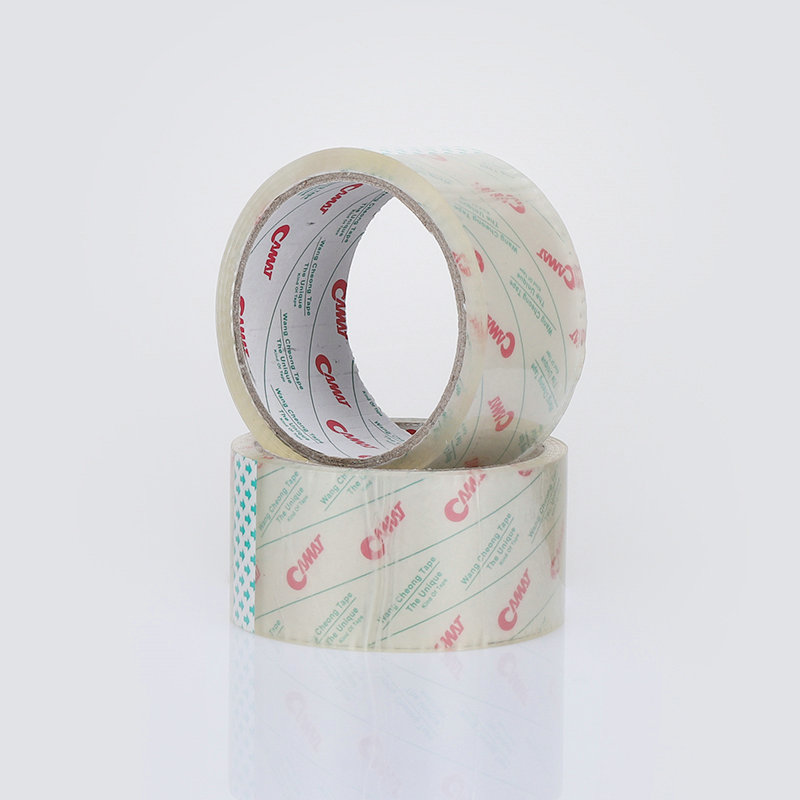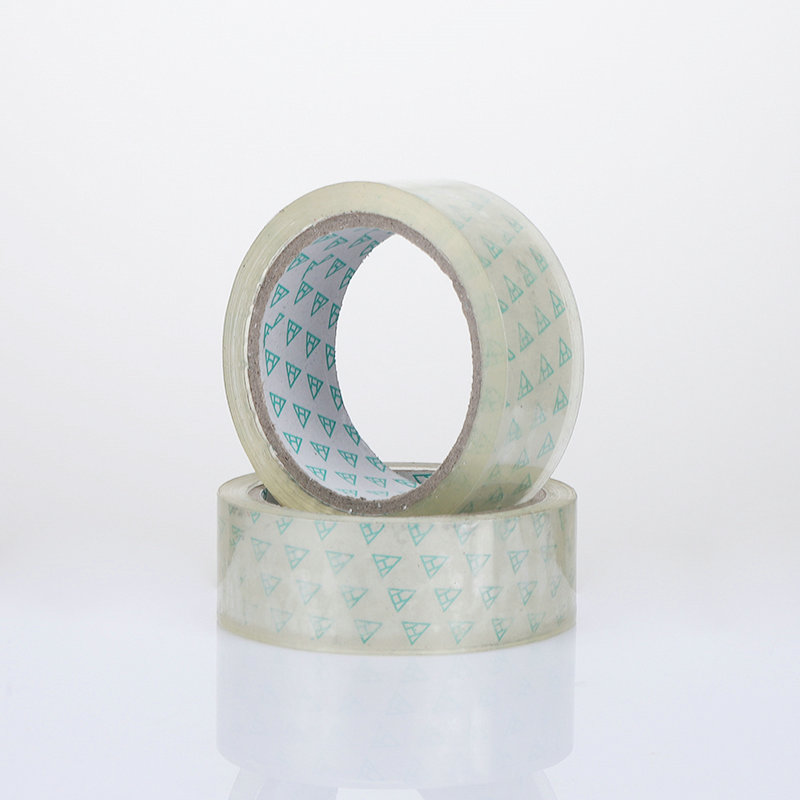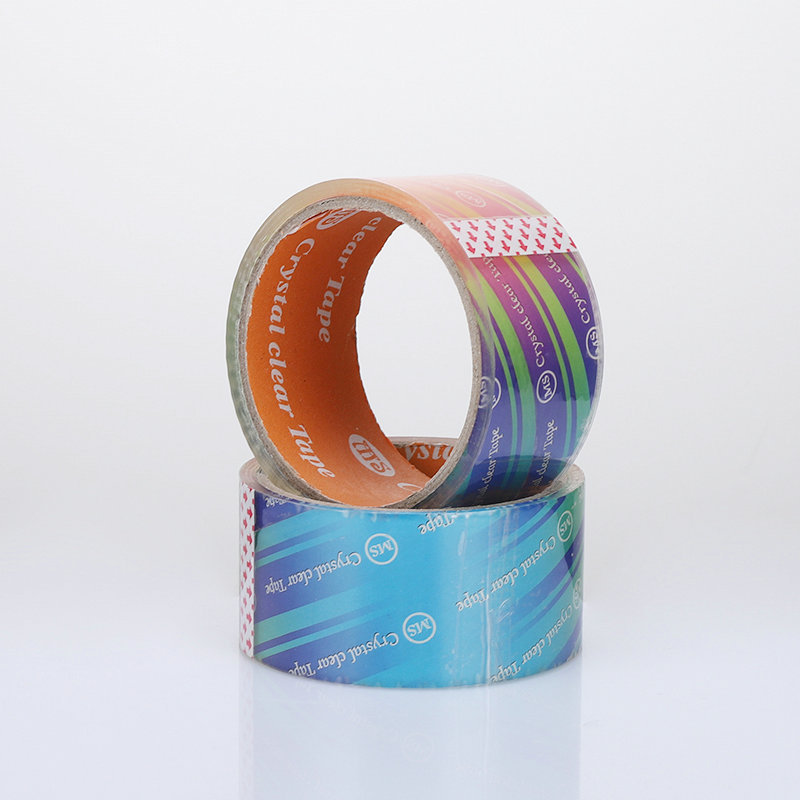specializing in the production of stretch film, adhesive tape, packing tape, etc
Stretch film, a thin and elastic plastic material, has traditionally been celebrated for its ability to securely bundle and protect products during transportation and storage. However, its sustainability features have propelled it into the forefront of modern packaging strategies. Unlike traditional packaging materials such as bulky cardboard boxes and excessive layers of non-recyclable materials, stretch film's inherent qualities contribute to eco-friendly practices in several ways.
1. Source Reduction: One of the key principles of sustainable packaging is source reduction, which entails minimizing the amount of packaging material used. Stretch film excels in this aspect due to its thin yet durable nature. It requires significantly less material compared to alternatives like shrink wrap or tape, reducing the overall volume of packaging waste generated.
2. Material Efficiency: The elasticity of stretch film allows it to conform closely to the shape of products, optimizing material usage and reducing excess waste. This flexibility means that less material is needed to achieve the same level of protection, resulting in a direct reduction of resource consumption.

3. Lightweight Advantage: The lightweight nature of stretch film translates to reduced transportation costs. Lighter packages require less fuel for shipping, lowering carbon emissions and transportation-related expenses. This advantage aligns with companies' efforts to optimize supply chain efficiency while contributing to a greener environment.
4. Recyclability and Biodegradability: The sustainability credentials of stretch film are further enhanced by the availability of recyclable and biodegradable options. Manufacturers have developed stretch films that are compatible with recycling processes, reducing the strain on landfills and supporting the circular economy. Biodegradable stretch films, on the other hand, break down naturally over time, mitigating long-term environmental impact.
Cost Savings Through Sustainability
Embracing sustainable packaging practices isn't just about environmental responsibility; it's also a sound business strategy that can yield significant cost savings. By opting for stretch film as a sustainable packaging solution, companies can unlock several financial benefits:
1. Reduced Material Costs: With its efficient material usage and source reduction principles, stretch film can lead to direct cost savings in packaging materials. Less material used equates to lower procurement expenses, contributing to improved bottom-line performance.
2. Transportation Efficiency: The lightweight nature of stretch-wrapped packages translates to lower shipping costs. As fuel costs continue to fluctuate, using less fuel due to lighter packages can result in substantial ongoing savings.
3. Minimized Waste Management Expenses: Stretch film's reduced material usage not only leads to less waste generated but also lowers waste management expenses. By producing less packaging waste, companies can decrease disposal costs and potentially redirect those funds toward other strategic initiatives.
4. Enhanced Brand Image: Sustainable packaging practices resonate with environmentally conscious consumers. Adopting stretch film as a part of an eco-friendly packaging strategy can strengthen a company's brand image and attract customers who prioritize ethical and sustainable consumption.

 英语
英语 日语
日语 西班牙语
西班牙语 阿拉伯语
阿拉伯语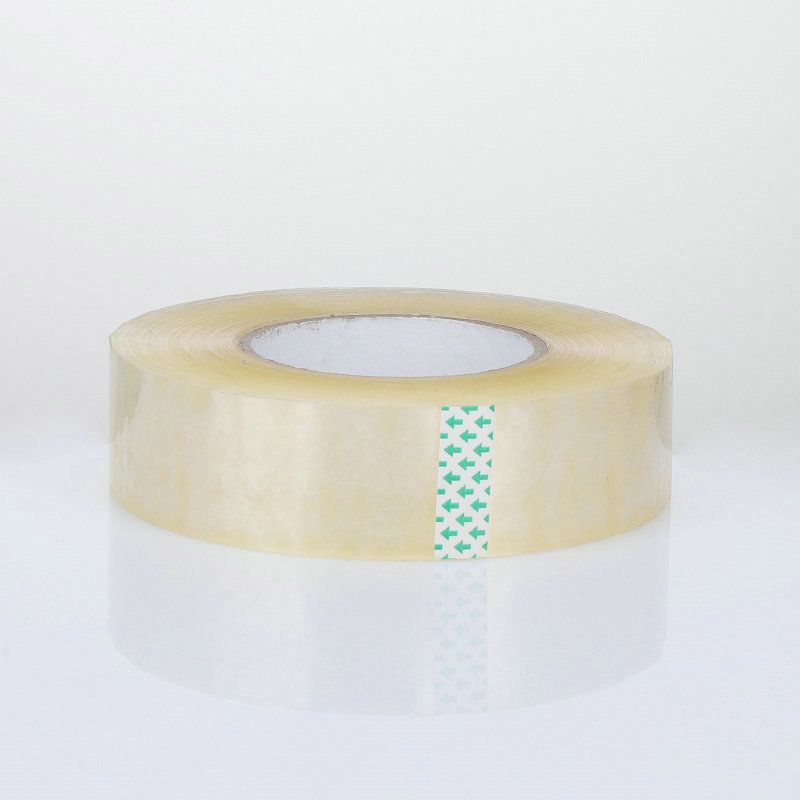
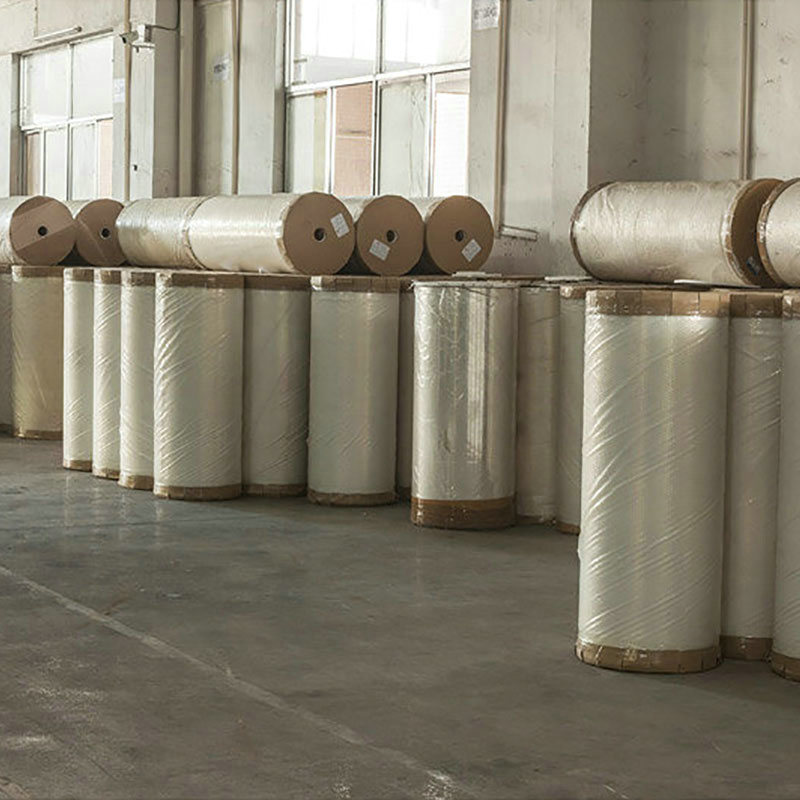
.jpg)
